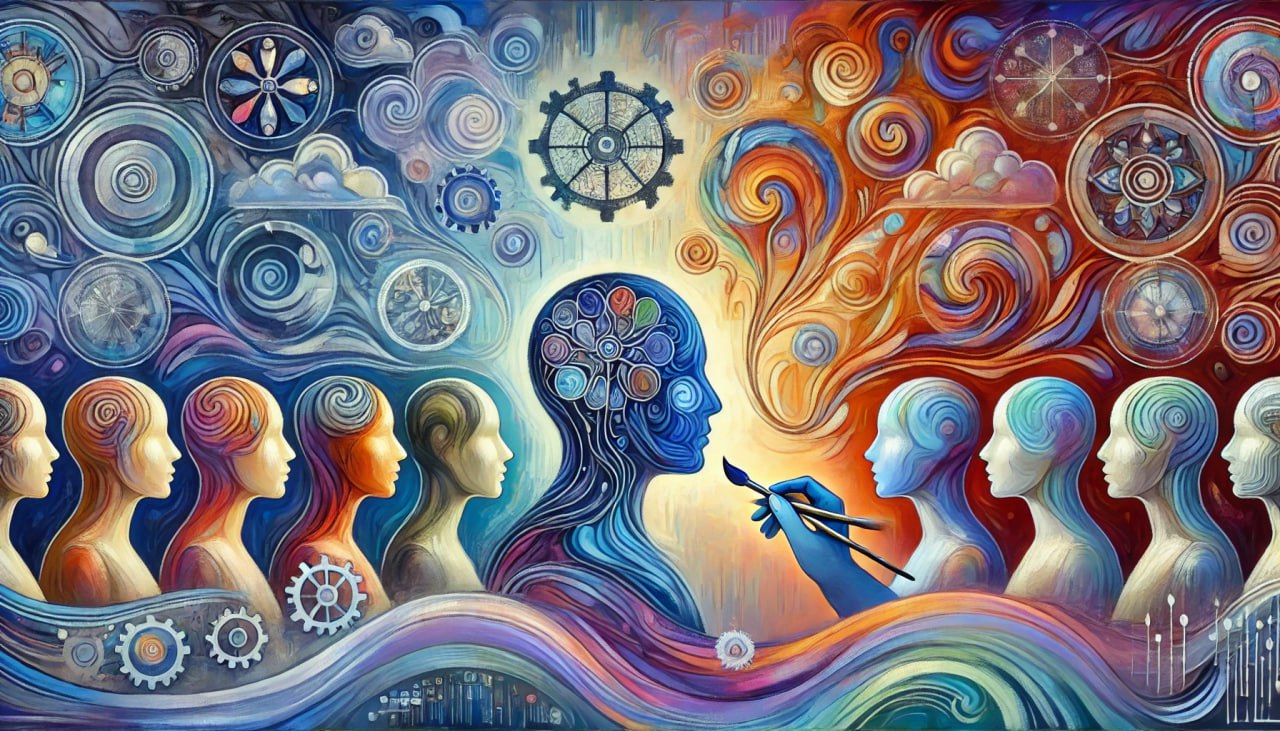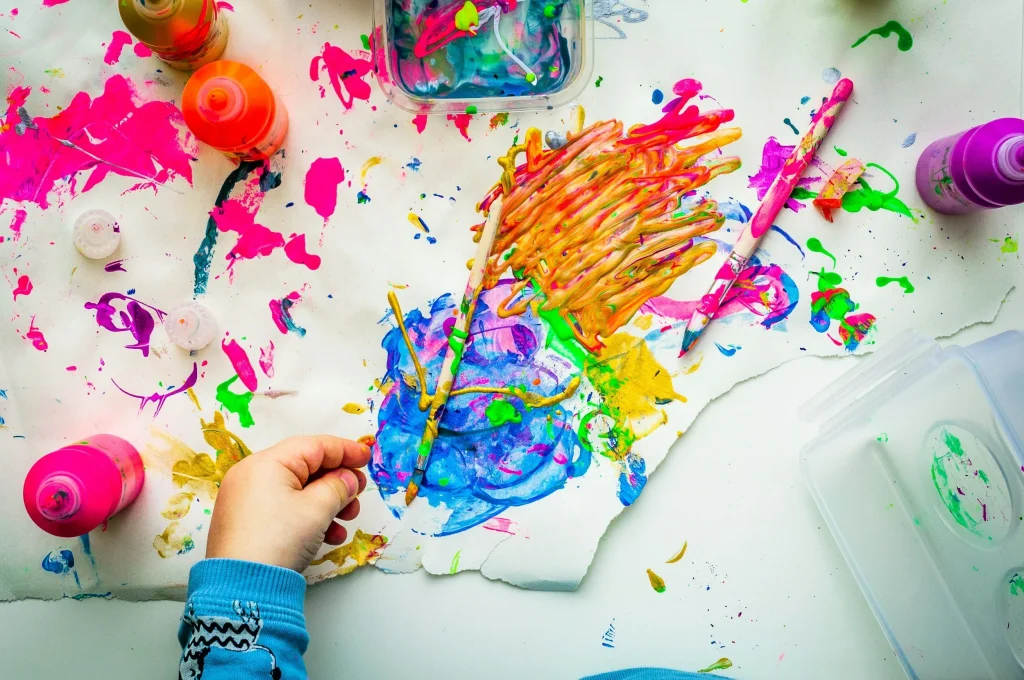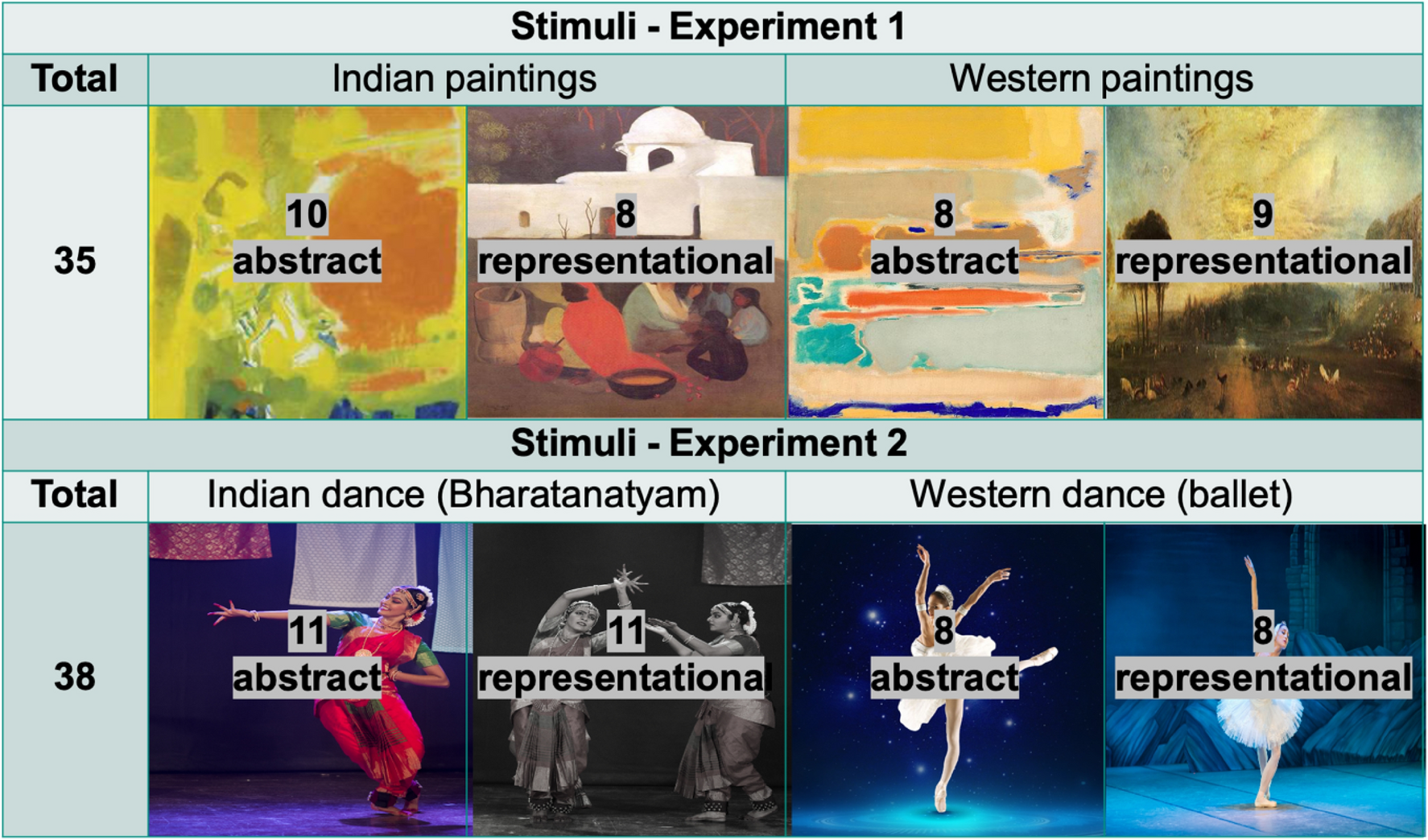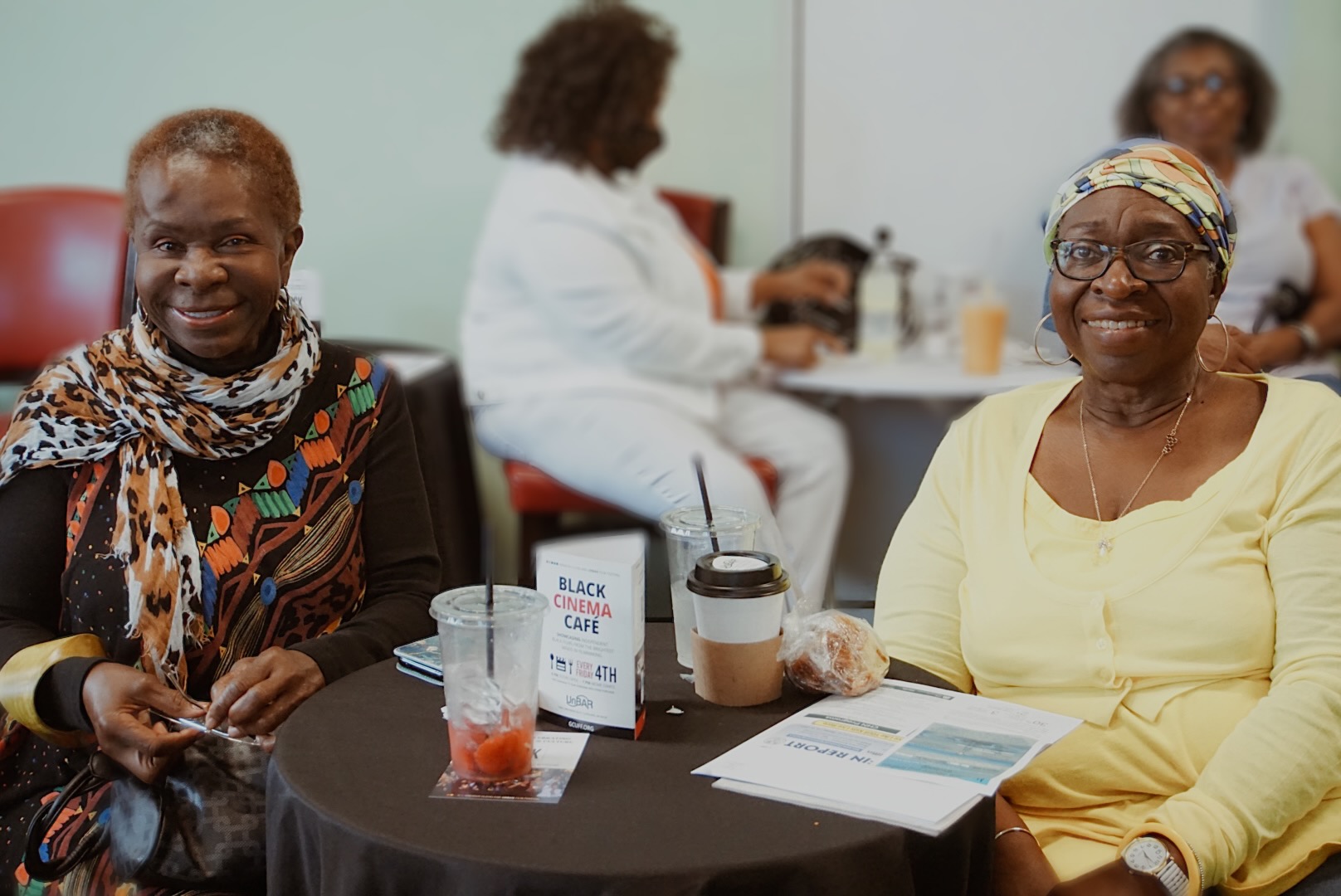The Role of Visual Arts in Promoting Self-Esteem and Personal Identity

Exploring the Depth of Visual Arts in Personal Development
The intricate relationship between visual arts and personal identity offers a unique vista into the human psyche. Engaging with various forms of creative expression allows individuals not only to convey their inner thoughts but also to cultivate a deeper understanding of themselves. Through mediums like painting, sculpture, photography, and digital art, people can navigate their emotions and experiences while fostering a greater sense of self-esteem.
- Art as a Mirror: Artwork often reflects an individual’s emotional landscape. For example, a person might create a chaotic piece during a period of turmoil, inadvertently capturing feelings of anxiety and confusion. This can serve as a powerful tool for self-reflection, as seeing one’s emotions manifested can lead to deeper understanding and acceptance.
- Empowerment through Creation: The process of creating art instills a strong sense of achievement. Consider an art student who, through practice and perseverance, produces their first gallery-worthy piece. The pride and confidence gained from this accomplishment not only enhance artistic skills but also reverberate into other areas of life, bolstering overall self-worth.
- Cultural Exploration: Visual arts serve as a bridge to one’s heritage. For instance, Native American artists often incorporate traditional motifs and storytelling into their work, creating a dialogue between generations that reinforces cultural identity. Such projects can instill a sense of belonging and pride in one’s background, crucial for shaping a positive self-image.
Across the United States, numerous community initiatives harness the power of visual arts to tackle issues of identity and self-esteem. Programs like arts-based therapy have shown remarkable success, effectively helping participants articulate feelings that may otherwise remain suppressed. In cities like New York and Los Angeles, community art centers invite individuals from diverse backgrounds to collaborate on vibrant murals, fostering unity and encouraging self-discovery.
Research has increasingly illuminated the link between visual arts and mental well-being. Studies suggest that engagement in creative activities can lead to reductions in stress and anxiety while promoting emotional resilience. By exploring this compelling intersection, we can better appreciate how art functions not merely as a form of expression but as a vital instrument for personal growth and healing.
In summary, the transformative potential of visual arts is vast, as it encourages individuals to delve deep into their identities, fostering a well-rounded sense of self. Whether through community initiatives or individual exploration, the journey into the world of visual arts offers profound pathways toward understanding and self-acceptance.
DIVE DEEPER: Click here to explore the intersection of art and technology

Unlocking Self-Expression through Visual Arts
The journey into the world of visual arts is not merely an exploration of talent but a profound process of self-discovery. Through engaging in diverse artistic expressions, individuals unlock aspects of their identity, often unknowingly shaping their self-esteem in the process. A significant aspect of how visual arts promote self-esteem lies in the unique ability of art to provide an outlet for personal expression. When individuals paint, sculpt, or design without the constraints of an external critic, they enable themselves to express thoughts and feelings that may remain unvoiced in everyday life.
One compelling example is the rise of art therapy, which merges psychological principles with the creative process. Individuals facing challenges like anxiety or depression often find solace through art therapy, enabling them to navigate their experiences in a safe, non-judgmental environment. Research published by the American Art Therapy Association indicates that participants demonstrate improved emotional well-being and self-perception following art therapy sessions. The cognitive shift from merely coping with emotions to actively creating a visual representation catalyzes a transformative journey towards self-awareness.
- Redefining Success: Traditional measures of success often center around external validation. In visual arts, however, success is personalized, as it corresponds to each individual’s unique perspective and creativity. This profound shift allows artists to appreciate their intrinsic value, leading to elevated self-esteem.
- Community and Collaboration: Collaborative art projects, such as community murals or theater productions, forge connections among individuals from various backgrounds. Participating in group art initiatives reinforces a sense of belonging—encouraging personal identity formation while simultaneously boosting collective morale.
- Visual Storytelling: Whether through photography or mixed media, visual art acts as a powerful means of storytelling. Individuals are often able to share their life stories visually, offering insights into their journeys, struggles, and triumphs, which can facilitate deeper connections with others and enhance their self-image.
Furthermore, educational institutions across the United States have started emphasizing the inclusion of visual arts as part of their curriculum, recognizing its significant role in the holistic development of students. Programs dedicated to artistic expression, like the Little Artists Program in New York City, allow children to explore visual arts, increasing their self-efficacy and self-worth. These initiatives help foster creativity, which is often protective against mental health issues, laying the groundwork for resilient identities.
As we journey further into understanding the impact of visual arts on self-esteem and personal identity, it becomes clear that engaging with art is not simply about aesthetics but rather an essential tool for personal growth. The art creates a dialogue with oneself, uncovering layers of identity—embracing not only who we are but who we can become.
The Role of Visual Arts in Fostering Self-Expression
Visual arts serve as a powerful medium for individuals to convey their thoughts, feelings, and experiences. Artists often use their work to symbolize personal journeys, enabling them to express emotions that might otherwise be difficult to articulate. This process of self-expression is particularly significant for those grappling with issues of identity. By creating art, individuals explore various facets of their personalities, leading to a clearer understanding of their own identities.Research has demonstrated that engaging with visual arts can elevate one’s self-esteem. When individuals create or interact with art, they often experience a sense of accomplishment and pride. This boost in confidence can lead to a more positive self-image, as they witness their ability to transform ideas into tangible forms. Moreover, the reception of their work by others can yield affirmation and validation, further enhancing self-worth.
The Therapeutic Benefits of Artistic Engagement
Participating in visual arts can be therapeutic, providing an outlet for individuals to process trauma and stress. Art therapy, in particular, is recognized as an effective therapeutic approach, allowing participants to communicate non-verbally through their creations. This can be especially beneficial for those who struggle with mental health issues, as it encourages emotional healing and fosters resilience.Additionally, visual arts create community connections. Collaborative projects and art exhibitions provide an opportunity for individuals to forge relationships, share experiences, and build support networks. These social interactions are key components in bolstering personal identity and self-esteem, illustrating how art is not just a solitary endeavor but a communal experience that affirms one’s place within larger societal contexts.
| Advantage | Detail |
|---|---|
| Enhanced Self-Expression | Visual arts allow individuals to convey emotions and experiences, exploring their identities. |
| Community Connections | Collaborative art projects foster social bonds and provide validation, enhancing self-esteem. |
The synergistic relationship between visual arts, self-esteem, and personal identity illustrates the profound impact art can have on individuals’ lives, warranting further exploration of its mechanisms and benefits.
DIVE DEEPER: Click here to uncover the art of molecular gastronomy
Empowering Individual Narratives through Art
As individuals immerse themselves in visual arts, they encounter an opportunity not only to showcase their creativity but also to share personal narratives that form the crux of their identity. Visual arts serve as a medium to articulate experiences and emotions that might otherwise remain obscured, effectively empowering individuals to claim their stories boldly. This process is particularly evident in marginalized communities, where art becomes a powerful vehicle for expressing unique identities and fostering self-esteem amidst societal challenges. Artivism, a fusion of art and activism, exemplifies this phenomenon, with artists using their platforms to address social issues while simultaneously affirming their identities.
The transformative power of visual arts is particularly significant among youth. Programs such as the After-School Arts Program in Chicago allow young artists to explore their creativity while working on issues directly relevant to their lives, such as identity, belonging, and self-worth. By engaging in projects that highlight their cultural backgrounds or personal struggles, participants experience a profound sense of validation, enhancing their self-esteem and solidifying their identities. These experiences often lead to improved academic performance and a stronger connection to their community, demonstrating the symbiotic relationship between art, personal growth, and social engagement.
- Access and Inclusion: The democratization of art through platforms like social media has amplified voices that were traditionally underrepresented. Artists can share their work with broader audiences, encouraging dialogue around diverse identities and promoting inclusivity. The advent of hashtags like #BlackArtMatters or #LGBTQArt not only fosters visibility but also cultivates community and affirmation among creators and admirers alike.
- The Role of Technology: As digital media becomes more prevalent, opportunities for self-expression expand exponentially. Virtual art platforms and applications allow artists to experiment without the typical limitations imposed by physical mediums, democratizing art-making. This technological shift fosters creativity and confidence in individuals who may have previously perceived art as an inaccessible realm.
- Art in Healing: The therapeutic aspect of art cannot be overstated. Initiatives like the Museum of Modern Art’s (MoMA) Art Therapy Program bridge the gap between professional art practices and mental health, allowing participants to confront personal trauma through creative expression. The grounding effect of art opens avenues for healing, often yielding profound improvements in self-worth and emotional stability.
Additionally, the effects of visual arts extend beyond individual experiences to influence family and community dynamics. When families engage in art projects together, it cultivates deeper connections and reinforces the importance of personal and collective identity. Family art initiatives can provide a non-verbal platform for members to express love, support, and understanding, ultimately leading to a stronger sense of belonging.
In the educational landscape, integrating visual arts into curricula also plays a pivotal role in developing self-esteem. Schools that prioritize arts education report higher levels of student engagement and achievement. Notably, research conducted by the Arts Education Partnership indicates that students involved in arts programs exhibit improved self-confidence and a greater willingness to take risks, essential components for personal and academic success.
DISCOVER MORE: Click here to dive into the benefits of music therapy</p
Conclusion: Unleashing the Power of Visual Arts
In today’s visual-centric society, the role of visual arts extends far beyond aesthetics; it serves as a vital tool for promoting self-esteem and shaping personal identity. Through varied means of expression—be it painting, digital media, or community art projects—individuals are empowered to articulate their unique experiences and cultivate a deeper sense of self. Programs like the After-School Arts Program in Chicago and initiatives like the MoMA Art Therapy Program underscore the transformative potential of visual arts to inspire confidence and evoke healing.
Moreover, the democratization of art through digital platforms fosters inclusivity, amplifying underrepresented voices and encouraging dialogue across communities. Engaging in artivism not only empowers artists but also strengthens communal bonds and amplifies cultural narratives that are vital for collective healing and identity formation. The ripple effect of these artistic expressions can lead to profound societal change—where young people feel validated in their identities and families grow closer through shared creative experiences.
As we look to the future, the continued integration of visual arts into educational frameworks and community initiatives will be essential. By nurturing creativity and embracing diverse identities, we can create environments where individuals thrive, fostering an empowered society rich in cultural diversity and personal affirmation. In essence, the role of visual arts is not just a vehicle for creative expression; it is a bridge to self-discovery, resilience, and ultimately, to a more connected and empathetic world.


